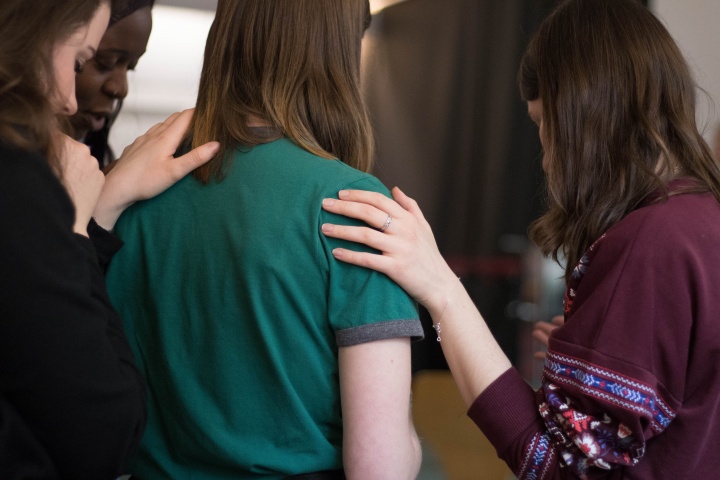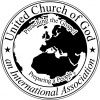Should Christians Participate in Prayer Circles?
Are They Biblical?
Downloads
Should Christians Participate in Prayer Circles?: Are They Biblical?

A circle of friends
Prayer circle can simply mean a group of people who pray for one another. In this instance the word circle is just indicating close interaction with a “circle of friends.” In this regard, praying for those who are close to you is biblical and something that the Bible supports (James 5:16). Many godly people have close relationships with each other and are regularly praying for one another.
Praying as a group
Another use of the term is incidental. In various situations a group of people will pray together. This formation is not done ritualistically, but just a happenstance that can occur based on the location of a meeting. Praying as a group is not forbidden in Scripture (Acts 12:5-19), and there is not a required shape that we are to stand in so that our prayer will be effective. It may just happen that during the prayer a circle comes together.
Ritualistic prayer circles
The final use of “prayer circle” refers to a deliberate practice of forming a circle as a ritualistic part of worship. This is often done around an altar of some sort and sometimes for a vigil. Those who adopt this practice cite a belief that praying in this manner enhances the effectiveness of their prayers.
This type of worship is seen in charismatic Christians, the religion of Islam, and even in Native American worship. Historically, this was practiced by pagans and within gnostic rituals. These practices would not be something the Bible endorses.
In some pagan traditions, circles have meaning. You have no doubt read about or seen photos of crop circles or other mysterious happenings that have ties to sorcery and Wiccan traditions.
If a group of Christians join hands to purposefully form a circle with the intent that the circle will give greater power to their prayer, this would not be a godly way to pray.
Some people believe that if objects or wishes are put in the middle of the circle that God will grant them an answer because of what was placed in the middle of the circle. This is obviously a pagan approach to prayer. In addition, some people praying privately will even draw a circle around an object or word for which they want an answer from God. Once again, this is not a godly approach to prayer.
Private prayer versus public prayer
Our most intimate prayer to God is done in private, as we are reminded in Matthew 6:6-7: “But you, when you pray, go into your room, and when you have shut your door, pray to your Father who is in the secret place; and your Father who sees in secret will reward you openly. And when you pray, do not use vain repetitions as the heathen do. For they think that they will be heard for their many words.”
Some prayer is done in a more public setting though—like at church services, or when asking for God’s blessing on a child, or for healing or over meals. There is no biblical command against holding hands while praying in such a setting.
Many families hold hands while asking for God’s blessing upon their evening meal. Some families hold hands while praying for God’s protection before leaving on a journey. There is nothing in the Bible against any of these practices.
It just so happens that when a group of people hold hands while praying, a circle or line may form. But this is not a ritualistic or pagan scenario if not accompanied by other symbolism or objects and words placed in the setting.
